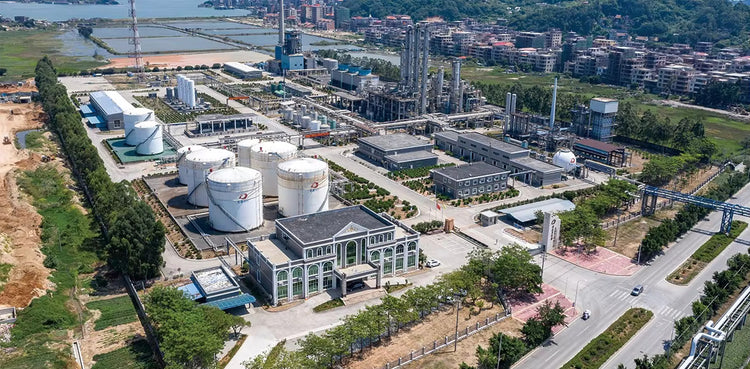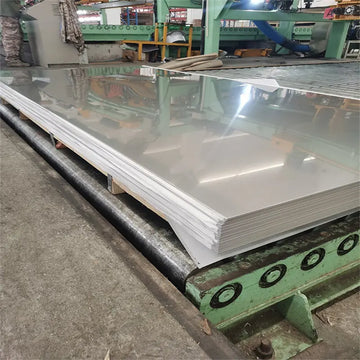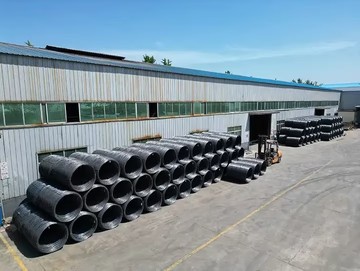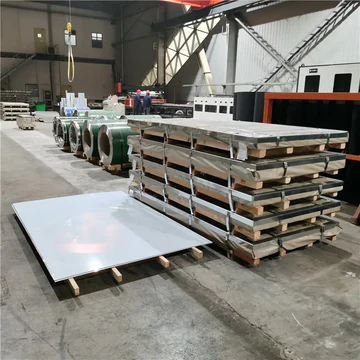
20 YEARS EXPERIENCE
There are more than 30 products to choose from
to meet your every need.
Products Description
Stainless Steel Flat Bar Cost Analysis A Comprehensive Guide
Introduction

In today's fast-paced global economy, understanding the cost of stainless steel flat bars (also known as SS flat bar) is crucial for businesses across various industries. This comprehensive guide aims to explore the factors that influence the cost of SS flat bar production, including materials, specifications, manufacturing processes, and market trends.
Material and Specifications
SS flat bar is made primarily from austenitic不锈钢, which is a type of chromium-nickel alloy with excellent corrosion resistance. Commonly used in industrial applications such as construction, automotive, and aerospace, SS flat bars offer superior durability, strength, and longevity compared to other materials.

Materials Used
The primary components of SS flat bar include
- Stainless Steel (SS) Typically contains between 18% and 22% chromium.

- Carbon Steel Adds tensile strength but compromises corrosion resistance.
- Nickel or Molybdenum Provides additional corrosion protection against salt water and other environments.
- Galvanization Optionally adds an outer layer for added rust resistance.
Size Range
SS flat bar comes in several sizes based on customer requirements. Common dimensions include 20mm x 100mm, 25mm x 250mm, and 30mm x 300mm. Larger sizes are available upon request, tailored to specific applications.
Manufacturing Processes
SS flat bar is produced through a variety of methods, including
- Milling Cutting raw material into desired shapes and sizes.
- Pressing Utilizing high-pressure equipment to shape metal sheets into flat bars.
- Welding Joining two pieces of metal together using heat and pressure.
- Cold Rolling Reducing thickness and diameter by rolling the material over rollers.
Each method has its advantages and disadvantages, impacting both costs and production efficiency. For example, cold rolling is generally more expensive due to the increased complexity of the process.
Market Trends
With the increasing demand for corrosion-resistant products, the market for SS flat bar continues to grow worldwide. Key factors driving this trend include environmental regulations aimed at reducing the use of harmful metals like steel in certain applications.
Usage Scenarios
SS flat bar finds extensive use in the following applications
- Construction projects In bridge building, skyscrapers, and structural frames.
- Automotive industry Used in engine blocks, transmissions, and vehicle bodies.
- Aerospace sector Aircraft wings, landing gear, and engine components.
- Medical devices Used in surgical instruments, implants, and prosthetics.
Company Strengths
SD-Steel stands out among competitors through its dedication to innovation and quality control. Our team of experts ensures every product meets stringent standards, delivering consistent performance across diverse markets.
Conclusion
Understanding the cost of SS flat bar requires consideration of multiple factors, ranging from raw material selection to advanced manufacturing techniques. By exploring these aspects, businesses can make informed decisions about their purchasing strategies, ensuring optimal returns on investment. Stay tuned for future updates on SS flat bar trends and how SD-Steel continues to lead the way in this dynamic industry.
COMPANY PROFILE

OMPANY PROFILE
More+OUR ADVANTAGE
 QUALITY CERTIFICATES
QUALITY CERTIFICATES QUALITY CERTIFICATES
QUALITY CERTIFICATES QUALITY CERTIFICATES
QUALITY CERTIFICATES OEM/ODM SUPPORT
OEM/ODM SUPPORT QUALITY CERTIFICATES
QUALITY CERTIFICATES 18 YEARS EXPORT
18 YEARS EXPORTPACKAGING LOGISTICS

 Truck
Truck Sea Freight
Sea Freight Ari Freight
Ari Freight
Hot Tags:




